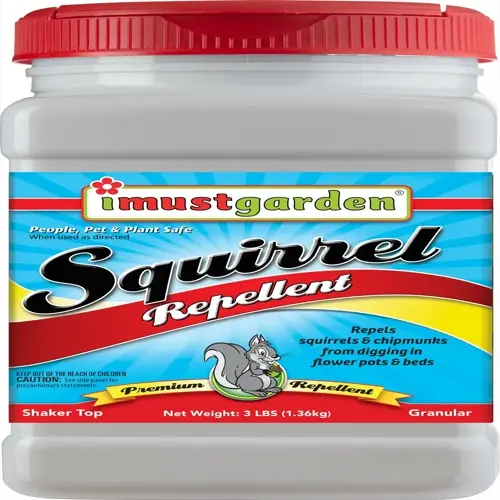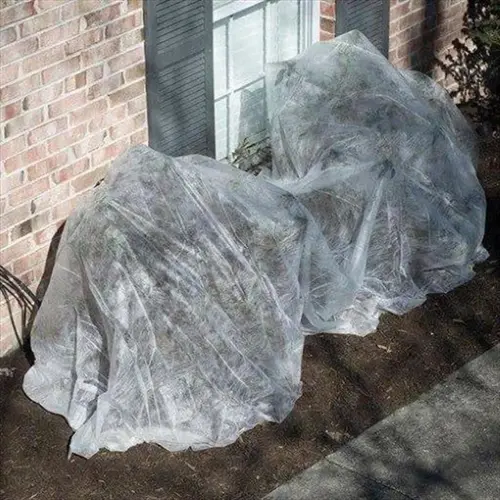What temperature makes pruning unsafe?

Written by
Benjamin Miller
Reviewed by
Prof. Samuel Fitzgerald, Ph.D.Pruning is not safe below 20°F (-6°C) as frozen wood will splinter unpredictably, causing jagged wounds that will not heal properly. Pruning under wet conditions can spread diseases, such as bacterial canker, in cherries. I've seen extreme bark damage from poor pruning during cold snaps take years to recover from.
Pathogen Prevention
- Disinfect tools after each cut during damp conditions
- Allow 48-hour dry period after rainfall before pruning
- Remove all debris to eliminate fungal spore reservoirs
Species-Sensitive Timing
- Cherries: Prune only during dry summer periods
- Apples: Tolerate light rain if temperatures above freezing
- Citrus: Avoid pruning during monsoon seasons
Wound Protection
- Angle cuts to shed water away from wound surfaces
- Never apply sealants that trap moisture
- Monitor healing weekly during wet seasons
Microclimate Considerations
- Frost pockets require extra temperature buffer
- Windy sites dry faster than sheltered locations
- South-facing slopes warm earlier in spring
Wood that is frozen does not cut consistently. Ice crystals in the cell morphology cause the wood to splinter, rather than cut smoothly. The jagged tears expose large amounts of surface area to pathogens. Healing will not begin until temperatures reach above 40°F (4°C), when cambium cells are activated. I will cold-prune while there is frost expected.
Bacterial canker accelerates in wet weather, particularly on stone fruits. Moisture transports pathogens into recently pruned wounds. Infected trees form oozy lesions and girdling branches. I've lost full cherry orchards to spring pruning during wet periods. I always wait for dry periods before pruning susceptible species.
Think about microclimates in your orchard. Frost will linger for longer periods in lower areas, making conditions hazardous for pruning, even when nearby temperatures appear okay. Use soil thermometers to validate temperatures at pruning locations. South-facing slopes may allow for early spring pruning, followed by north-facing slopes.
The right timing avoids heat injury and illness problems. Careful monitoring of the forecast and a flexible pruning regime are key. If cut at the right time, trees will heal more quickly and effectively. Optimal conditions lead to long-term, productive crops.
Read the full article: Pruning Fruit Trees: 10 Essential Steps

